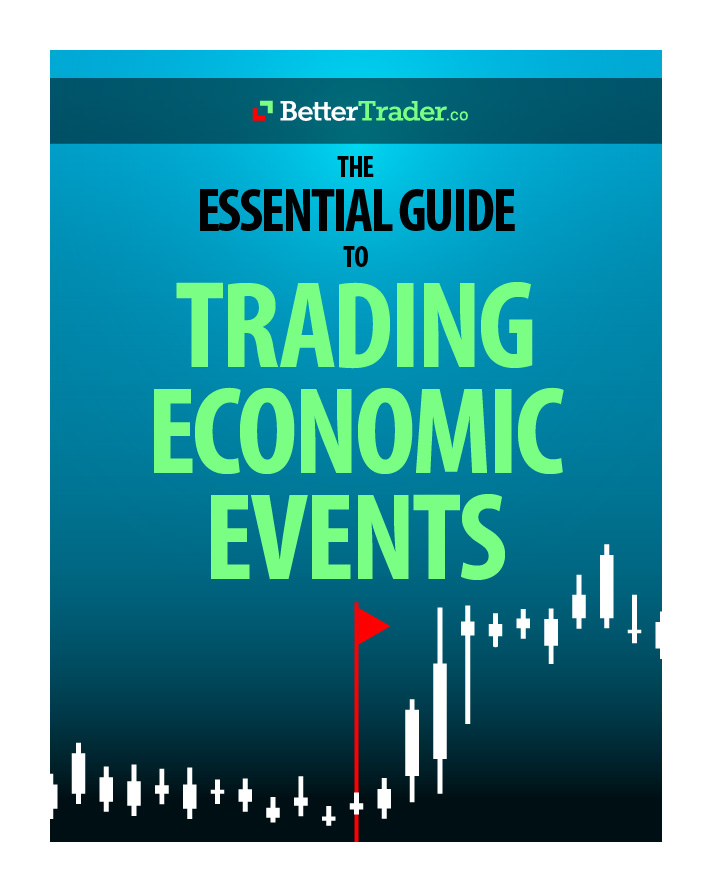The financial market’s volatility attracts many to follow and trade economic events and use this volatility to effectively generate profit. Economic events provide a source of volatility to the markets and therefore create numerous profitable trade opportunities. Unfortunately trading economic events isn’t easy. Starting from planning and preparing all the way through the releases, analyzing and trading economic events involves many steps.
That is why we’ve put together The Essential Guide to Trading Economic Events.
What Is An Economic Event, Or Indicator?
According to wikipedia:
An economic indicator is a statistic that conveys certain information about the economic activity. Economic indicators allow investors and traders to analyze the economic performance of a state, country or region, as well as make forecasts about future performance.
For example, each quarter the United States releases data on gross domestic product (GDP). This economic indicator allows investors to analyze the performance of the US economy over the previous three-month period, and make comparisons against the previous year. How fast the US economy grows can have a significant impact on market behavior.
Economic indicators are usually released by governments, international organizations and private research firms.
Understanding Economic Events
Good infrastructure is essential in trading just like it is in anything else. So before we dive into the way we can trade surrounding economic events, let’s start with the basics. To make sure that we understand a release and the implications.
Specification of an Economic Event
Currency – The currency of the country that this event is based in.
Impact – In the spectrum of low, medium, high, measures how important this event is for traders.
Expectation (EXP) – For almost every economic event there is an expectation. The expectation is the average forecast of the top 50 analysts. This number is very important because this is the reference threshold you can use to judge the Actual release.
Actual – This is the actual value when the release occurs.
These cards represent the information available before and after the release
Before Release

After Release

Let’s say GDP of USA will be released at 8:30 EST. Prior to this moment, all the fields (Currency, Impact, Expectation) are available except the Actual. The actual value will be released at 8:30 EST by the government agency responsible for this measurement.
As traders, we only care about the surprise – the difference between the actual and the expectation. That is what drives the markets, the new piece of data.

















